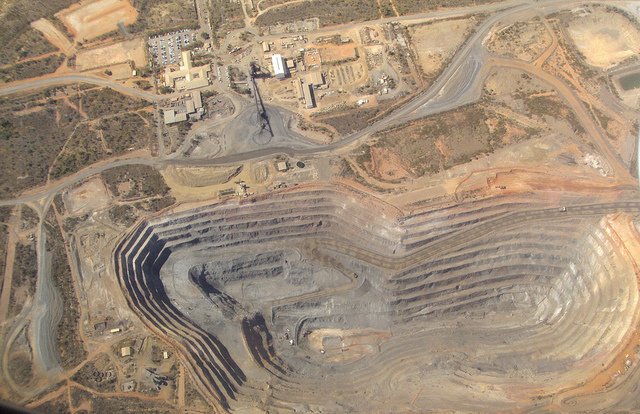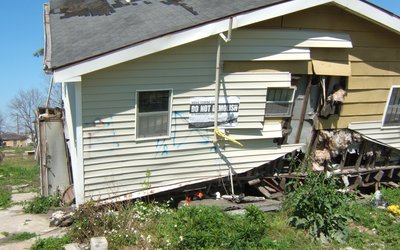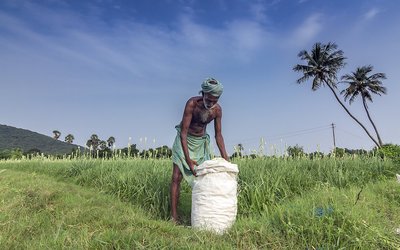
Copper, lead, zinc and silver mine site in Queensland, Australia (photo: Denisbin, www.flickr.com)
Mine sites utilise water in a range of processes, such as mineral processing and dust suppression. The overall water requirements depend on factors such as local climate, ore mineralogy and grade, the scale of infrastructure and ore processing, and the extent of tailings dewatering and water recycling. A first global assessment of water risks facing the mining industry under climate change was presented for copper, lead-zinc and nickel resources. These metals are vital for modern infrastructure.
Copper resources most exposed to climate change
Current copper resources are, on average, located in regions with more water stress, scarcity and risk than regions containing lead-zinc or nickel resources. In addition, regions containing copper and lead-zinc resources are potentially more exposed to the consequences of climate change over the coming century than those containing nickel resources. Significant changes in climate are projected for regions that contain 27-32% of global copper resources, 7-29% of global lead-zinc resources, and 6-13% of global nickel resources. In addition, smaller changes are projected for a further 15-23% of copper, 23-32% of lead-zinc, and 29-32% of nickel resources. Undeveloped copper resources, however, are located in less water scarce or stressed regions than resources that have been recently mined.
Climate changes are likely to alter the water balance, water quality and infrastructure risks at mining and mineral processing operations. Any climate change adaptation requirements in the mining industry are likely to be highly site specific, and so are the potential financial implications of these measures throughout the industry.
Too little water
Sourcing sufficient water to meet the requirements of mining operations may be challenging in regions where water resources are also fully allocated for other purposes, such as agriculture, forestry or environmental flows. Water requirements may still be met, however, by improving water efficiency along with investments in water storage infrastructure, seawater desalination and pipeline capacity.
Too much water
Compared with the risk of too little water the risks associated with too much water may be a bigger concern for many mining operations. Heavy rainfall (or snowfall) can result in sections of mines becoming inaccessible or unsafe to operate, which can lead to supply disruptions. Unplanned or uncontrolled water discharges may be detrimental to surrounding environments. The financial implications of flood events in mining regions can be significant. During the 2010/2011 Queensland floods (Australia), the associated financial costs of inoperable coalmines and operating restrictions were AU$ 5-9 billion.
Infrastructure risks
Climate change may lead to a thawing of permafrost over time in some regions, and thus affect the stability of existing slopes and dams that were designed under the assumption of being continually frozen. Receding glaciers may significantly change runoff volumes to mine-sites. Transport infrastructure may be impacted in a variety of ways. Mine wall collapses caused by high rainfall may damage or block access roads. Drought conditions can lower river levels and prevent barges accessing remote mine sites. Ice roads providing access to mines may experience decreases in the operating season. Breaking up of ice sheets may create hazards for shipping of mineral concentrates. Alternatively there may be some benefits to the industry’s transport system, such as the opening and development of the Northwest Passage that may shorten shipping routes.
Water quality risks
A major source of water quality issues associated with the mining industry is acid mine drainage, the release of which depends on surface weathering and chemical or bacterial oxidation processes of sulphide minerals, and (groundwater) flow rates. These processes, in turn, depend on a number of conditions such as temperature, precipitation, and dry spell length that vary with climate change. The overall effect in a certain area varies with geochemistry, waste containment and management practices of individual mine sites.
Source: Northey et al., 2017. Global Environmental Change 44: 109-124.








